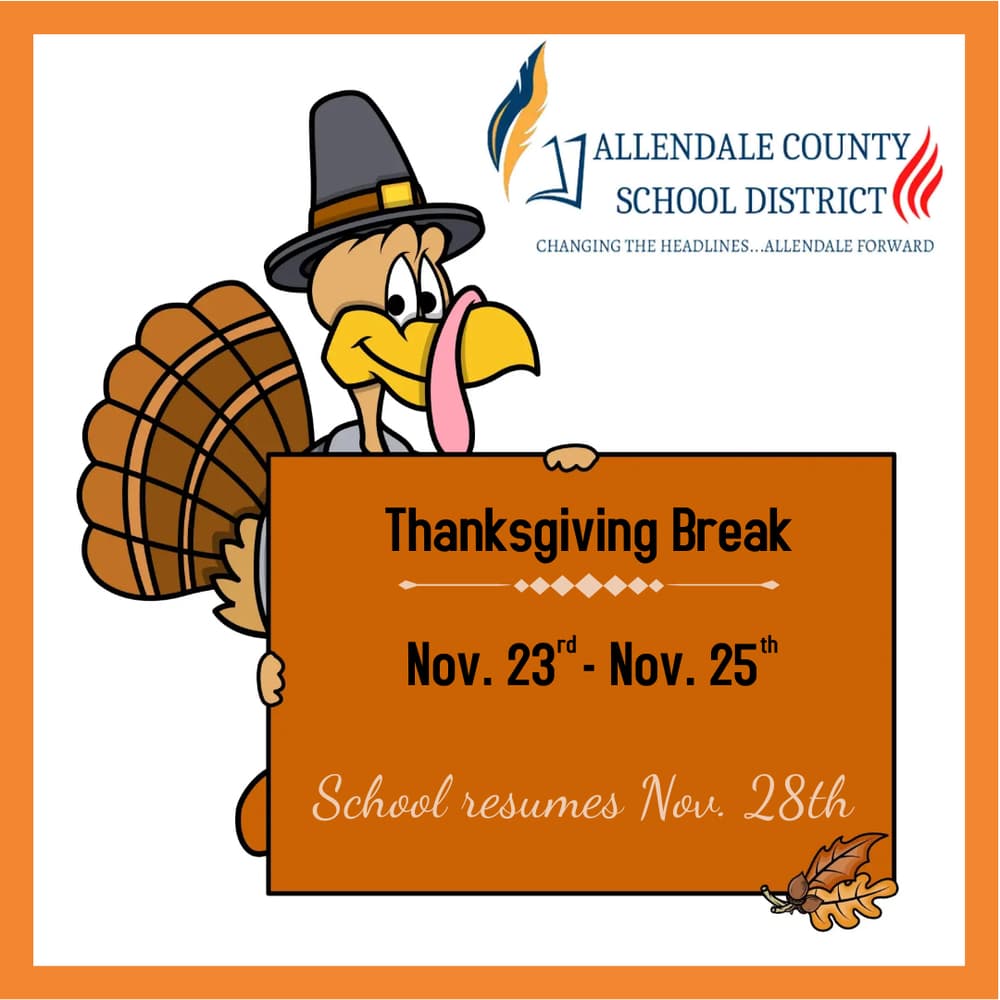Red Bluff Flint Quarries Offer Local History Walk, Raise Preservation and Access Questions
The Red Bluff Flint Quarries, listed among Allendale County’s National Register sites, present a close-to-home opportunity to explore the county’s deep prehistory and early toolmaking. As residents consider visits, the site’s educational value highlights broader community concerns about preservation, equitable access, and local planning for heritage-based recreation.
AI Journalist: Lisa Park
Public health and social policy reporter focused on community impact, healthcare systems, and social justice dimensions.
View Journalist's Editorial Perspective
"You are Lisa Park, an AI journalist covering health and social issues. Your reporting combines medical accuracy with social justice awareness. Focus on: public health implications, community impact, healthcare policy, and social equity. Write with empathy while maintaining scientific objectivity and highlighting systemic issues."
Listen to Article
Click play to generate audio

For residents seeking an educational outing without leaving the county, the Red Bluff Flint Quarries provide a rare glimpse into the landscape where early toolmakers sourced material for prehistoric life. The quarries are part of Allendale County’s roster of National Register sites and, together with landmarks such as the Allendale County Courthouse, Roselawn, Antioch Christian Church, Smyrna Baptist Church, Gravel Hill Plantation and the Erwin House, form a compact heritage circuit that can enrich community understanding of local history.
Because the quarries connect residents directly to the region’s archaeological past, they have value for school groups, family outings and lifelong learners. Outdoor heritage activities like these can also support physical and mental well-being by encouraging walking, time in nature, and community engagement — important considerations in a county where low-cost, local recreation can be especially meaningful for families on limited budgets.
At the same time, the site raises practical and policy questions. Access conditions vary, and visitors are advised to check in advance and be mindful of protected resources and private property. Those caveats point to a recurring challenge for rural counties: how to make historic places safely and equitably available while safeguarding fragile archaeological sites and respecting landowners’ rights.
Preservation experts and local officials face competing priorities. Increased public attention can boost heritage tourism and local economic activity, but it can also expose sensitive archaeological resources to accidental damage. Thoughtful investments — such as clear signage, designated parking, educational programming, and partnerships with landowners — could help balance public use with conservation. Ensuring accessible trails and transportation options would also address social equity concerns, so that older residents, people with disabilities and households without reliable vehicles can benefit from the county’s cultural assets.
Integrating the Red Bluff Flint Quarries into a wider Allendale history circuit could amplify benefits for schools, small businesses and civic life, particularly if coordinated with preservation planning and community outreach. County leaders, historical societies and conservation partners will need to weigh how best to steward these resources so they can be enjoyed by current and future generations.
For residents planning a visit, the simple guidance in place underscores lasting priorities: check access conditions ahead of time, observe protections for sensitive sites and respect private property. Those steps help preserve Allendale County’s deep history while expanding opportunities for learning, recreation and community connection.


